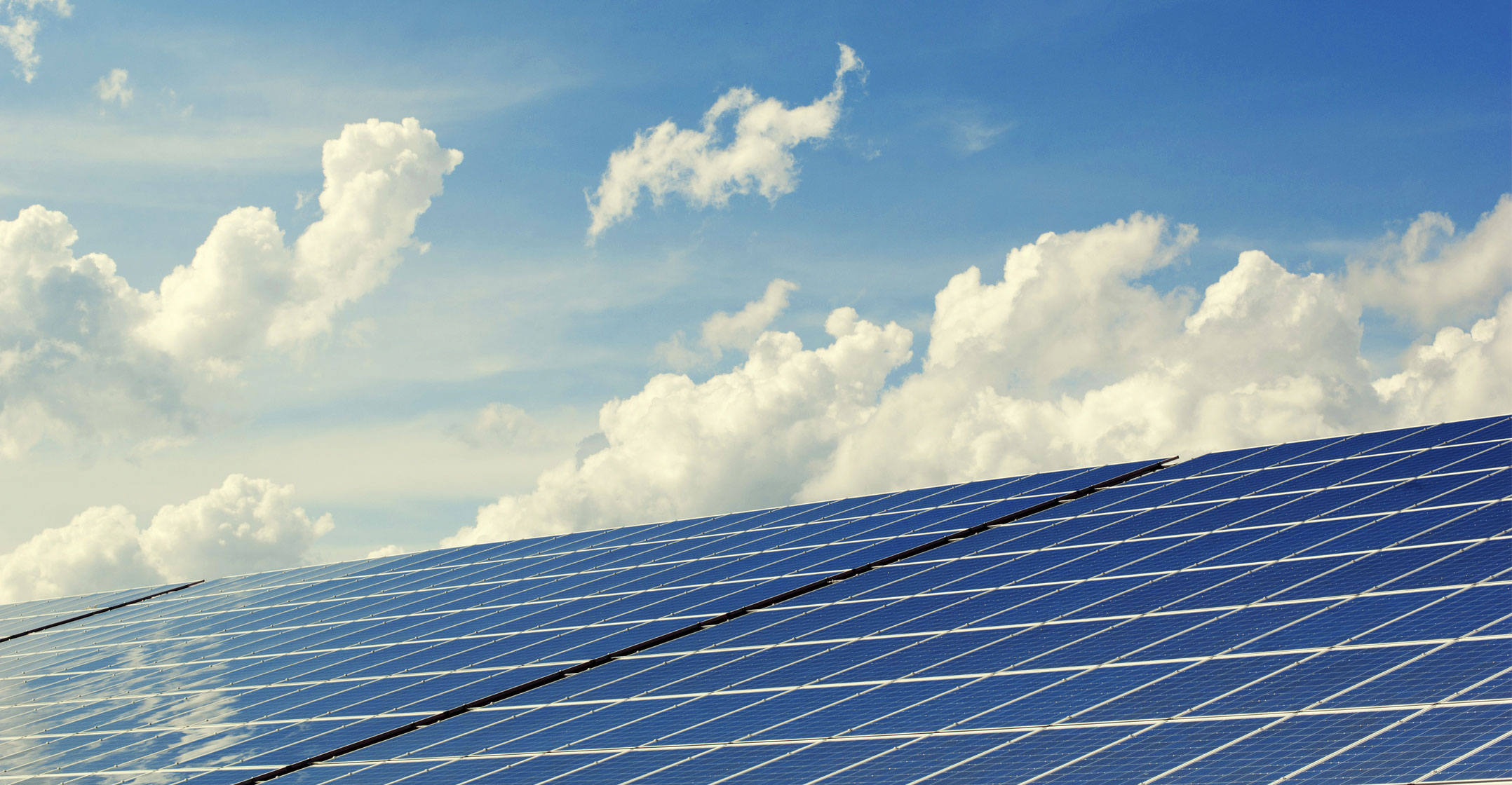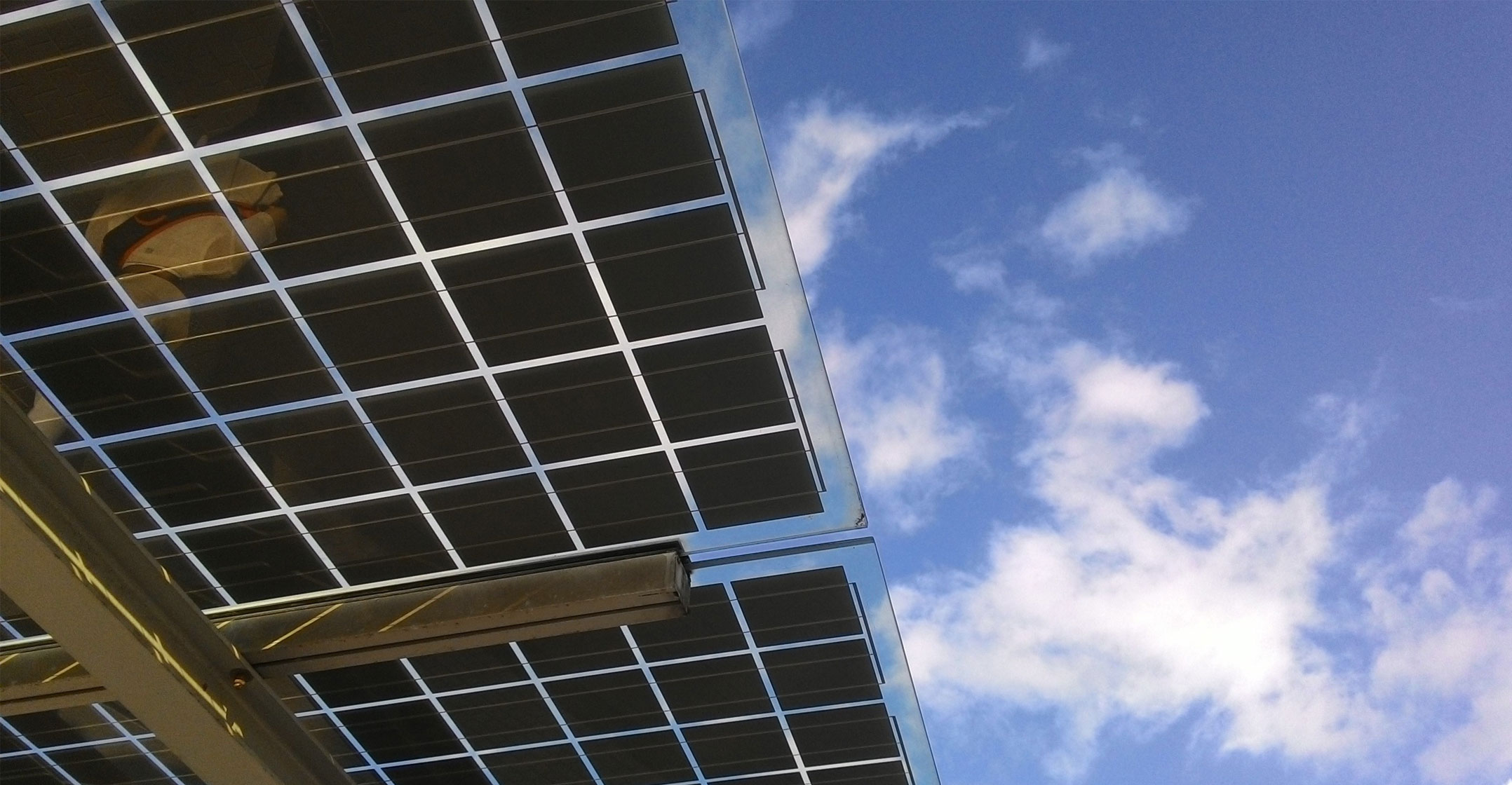 Renewables are set to overtake coal this decade as the world’s favourite fuel to generate electricity, the International Energy Agency says.
Renewables are set to overtake coal this decade as the world’s favourite fuel to generate electricity, the International Energy Agency says.
Solar photovoltaics are now cheaper than plants fired by coal and natural gas in most nations, the Paris-based researchers concludes in its annual report on global energy trends. Those cheaper costs along with government efforts to slash climate-damaging emissions will increasingly push coal off the grid and give renewables 80% of the market for new power generation by 2030, the IEA says.
The findings mark a profound shift away from fossil fuels in the world’s energy supply at a time when governments everywhere are looking for ways to rein in the greenhouse gases blamed for global warming. While hydroelectric plants will continue to be the biggest source of renewable power, solar is catching up quickly because the cost of manufacturing and installing panels has come down so much.
“I see solar becoming the new king of the world’s electricity markets,” Fatih Birol, executive director of the IEA, says in a statement with the report on Tuesday. “Based on today’s policy settings, it’s on track to set new records for deployment every year after 2022.”
The IEA’s projections are based on what it calls the Stated Policies Scenario, which assumes Covid-19 is gradually brought under control next year and the global economy returns to levels seen before the outbreak. The scenario includes currently announced policy intentions and targets that the IEA considers to be backed up by detailed measures for the plans to be enacted.
Coal demand shrinks
It also anticipates natural gas demand slowly easing in developed nations, especially Europe, and coal dropping everywhere. About 275GW of coal-fired capacity worldwide, 13% of the 2019 total, will be shut off by 2025, mostly in the US and European Union. That will more than offset increases in coal demand in developing economies in Asia.
Coal’s share of the global power supply is set to fall to 28% in 2030 from 37% in 2019. By 2040, the fuel that once was a staple of utilities will fall below 20% for the first time since the industrial revolution, the IEA concludes. That decline could be even sharper if governments pick up the pace on decarbonisation.
 The assumptions require a massive investment in power grids, which need upgrades to absorb supply from more diverse sources that only work when the sun shines or the wind blows.
The assumptions require a massive investment in power grids, which need upgrades to absorb supply from more diverse sources that only work when the sun shines or the wind blows.
Investment to modernise, expand and digitise the grid will need to reach US$460-billion in 2030, two thirds more than the cost last year. That spending will help roll out two million kilometers of new transmission lines and 14 million kilometers of distribution networks, 80% more than was added in the last 10 years, according to the IEA. — Reported by William Mathis and Jeremy Hodges, (c) 2020 Bloomberg LP




